In a conversation with Hanoi Moi Weekend, he shared his experiences, concerns and expectations in the journey of preserving and spreading folk performing culture - a treasure trove of quintessence that needs to be approached in unique, profound and sustainable ways.
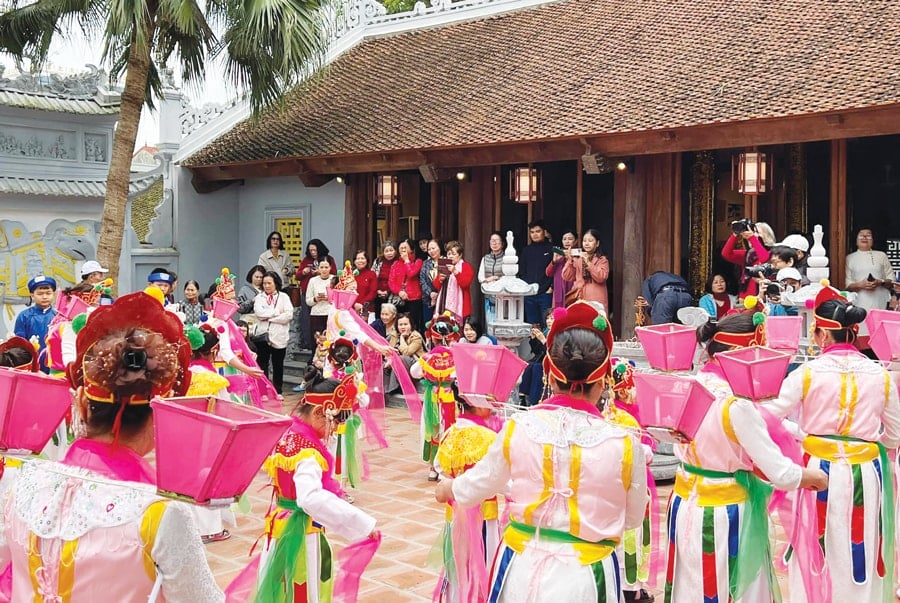
- Director Duong Minh Giang, you have a special love for traditional art and have created many works introducing the “gems” of folk art. What brought you to this journey?
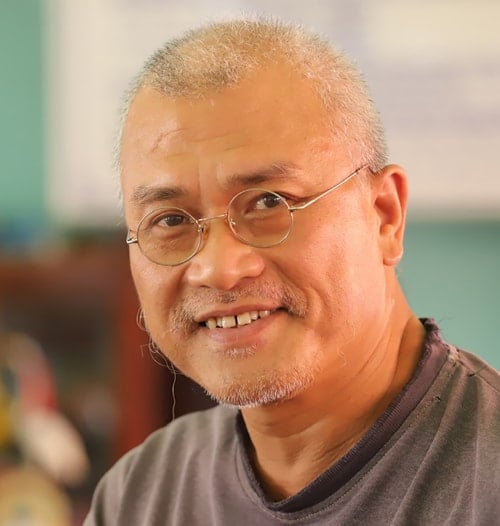
- I was born and raised in Hanoi's Old Quarter, and I have loved traditional arts since I was a child. I started making documentaries about Hanoi's folk arts in 1994. At that time, many performing arts were just beginning to be revived after a long period of neglect, due to war, economic difficulties... Many of the artists I met and filmed at that time have now passed away or are no longer lucid. That makes me feel even more responsible for preserving what they passed on.
I approach folk culture from the perspective of a documentary film director combined with cultural research to see more deeply the historical flow of each type of heritage. Each form of performance has its own history, and if we understand it, we will see all the beauty, the precious value of its heritage. For example, the Bai Bong dance or the Cua Dinh singing, this royal court-style dance and singing ritual, why is it in Phu Nhieu? Many documents show that, in the past, after the battle of Ngoc Hoi - Dong Da, a number of servants who followed King Quang Trung stayed in the suburbs of Phu Nhieu to make a living. They brought that ancient dance with them and taught it to their descendants here, performing it at village festivals. Then there are other folk singing and dancing arts such as Do singing, Cheo Tau singing..., each heritage has its own historical stories associated with the cradle that originated and nurtured it. To learn folk performing arts, one must understand all of these elements to be complete and interesting.
- To further promote the value of folk performing arts in today's life, many people have thought of combining and bringing it into tourism tours. What do you think about this direction?
- I think that is a very right direction. When people and tourists have direct experience and "see" the original space, the cultural value is no longer on paper, but actually enters life.
But the most important thing I want to emphasize when we exploit performing arts in particular and intangible cultural heritage in general is to change our perspective and approach. If we do it in a “tourist” style, riding horses to see flowers, superficially, we “kill the heritage”. In the documentary “Ho Cua Dinh and singing and dancing Bai Bong”, I not only recorded the performing arts, the feelings of the artists… but also clarified the living space of that heritage - from the architecture of the communal house with special feng shui, to the cultural life of the surrounding village… All blend together like a living community, connecting tangible and intangible culture.
Sharing that to see that, the important thing is that the organization must be thoughtful, in-depth - there must be knowledgeable people to guide and decode the cultural space. Viewers not only watch but also live in the atmosphere of the countryside - visit ancient villages, ancient wells, immerse themselves in customs, watch the elders go to the communal house to make tea, receive guests with neat appearance of the traditional dress and turban. It is not a performance, but a lively cultural exchange. People also feel respected, become a part of a "cultural stage".
- However, there are also opinions that, to bring folk performing arts into tourism tours, it is necessary to innovate the way of doing things, creating more magnificent stages?
- I think that is an unsustainable approach. As I said, when participating in folk art experiences, what people need is to be emphasized, relaxed, to immerse themselves in the countryside scene and enjoy the rustic songs and dances, without amplification or special effects. There is no distance between the audience and the performers, they are all in harmony with the performance space. Hanoians are inherently leisurely, looking straight, looking deeply, looking carefully. To attract tourists, you must be yourself first, you must have your own identity. Enjoying culture is not "going on a tour", it must go beyond the playground, touching the cultural foundation of Hanoi. When Hanoian style and Hanoian folk culture meet, it will certainly bring about a very strong spread in society.
My point of view is that folk culture does not need "disguise". Let the artists be themselves, and the audience coming to them is coming to a real space. Imagine when you come to a cultural area, meeting farmers carrying rice and singing to greet guests, it will be much more interesting than when you come to see a stage where farmers wear lipstick and powder, sing with loudspeakers... Dramatization can help reach the masses, but if done poorly, it will lose its identity, or even be incorrect. Folk culture needs closeness and harmony - simplicity is the pinnacle of intangible culture.
I once came up with the idea, organized and directed the program “1,000 people singing Then” at Ban Gioc waterfall, Cao Bang - no stage, no elaborate makeup, no microphone, just people in traditional indigo costumes, singing in the middle of the mountains and forests, their voices drowning out the sound of the waterfall, and yet they set 4 Guinness records. Why can Cao Bang do it but Hanoi can’t?
- So, to preserve and promote performing arts, we must preserve an entire cultural area of villages and communities, and develop tourism in a way that maintains its identity. In your opinion, does Hanoi still have many cultural spaces to preserve such heritage?
- I think Hanoi has a lot of potential because Hanoi is a place where the quintessence converges and spreads, the cradle of many types of folk performances from Bai Bong dance, Cua Dinh singing, Do singing, Cheo Tau singing, Ca Tru...
I also think that Hanoians are “thirsty” for culture. Many people are willing to spend money to go on field trips and excursions, but there are very few tours that help them learn deeply about the destination. For example, right in the Old Quarter, Dong Xuan Market still has folk performing arts performances, but they only stop at the “audio-visual” part, not allowing viewers to delve into the details. In many cultural forums that I participate in, many people “wow” when they learn about the cultural values right where they live.
In the story of heritage exploitation, we must pay attention to the roots and values of heritage, not just think about attracting tourists in the short term. Many people forget that cultural surplus is many times greater than economic surplus, it also feeds many generations, beautifies the nation and people. We need specific steps, strategies, and proper investments so that culture is not only preserved but also becomes a source of life for the people.
- Thank you director Duong Minh Giang for the passionate conversation!
Source: https://hanoimoi.vn/du-lich-trai-nghiem-co-hoi-moi-cho-dien-xuong-dan-gian-dao-dien-duong-minh-giang-khai-thac-di-san-phai-quan-tam-den-cai-goc-698788.html


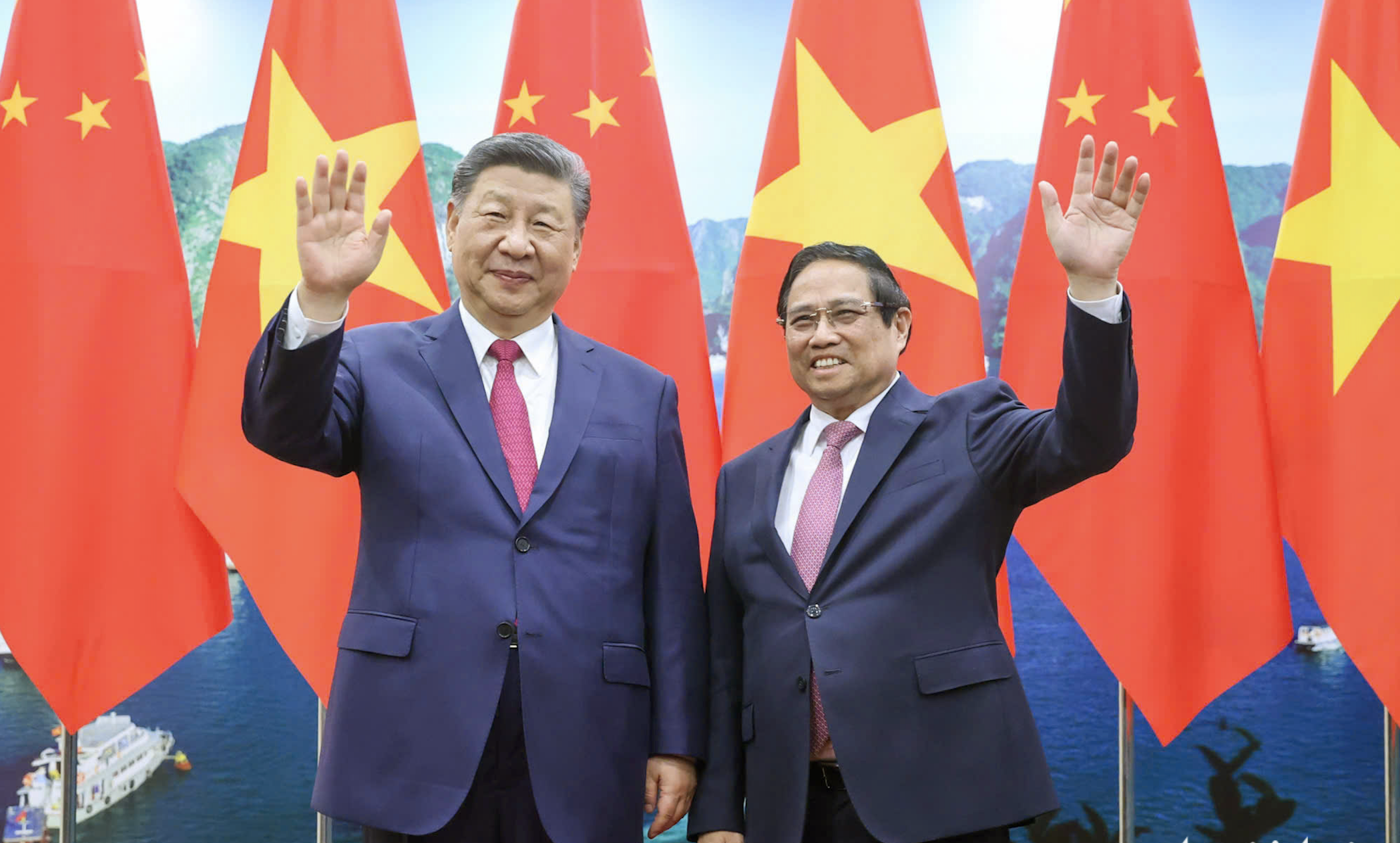
![[Photo] Tan Son Nhat Terminal T3 - key project completed ahead of schedule](https://vstatic.vietnam.vn/vietnam/resource/IMAGE/2025/4/15/85f0ae82199548e5a30d478733f4d783)

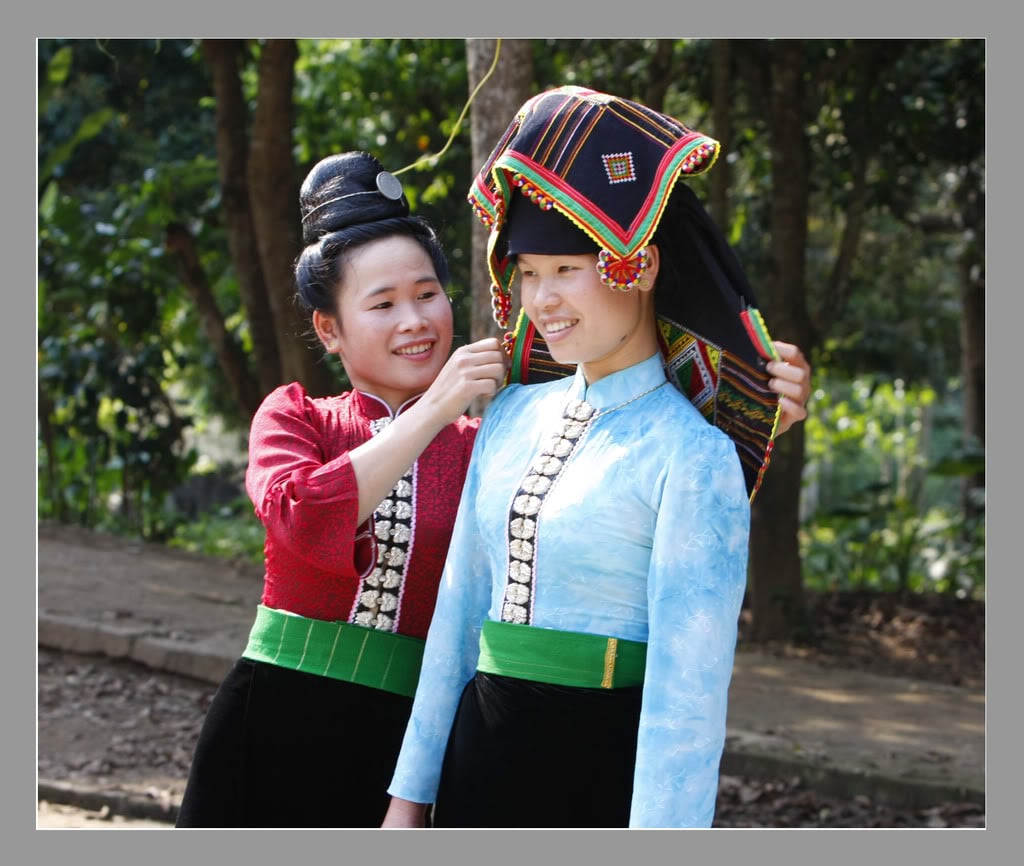
![[Photo] National Assembly Chairman Tran Thanh Man meets with General Secretary and President of China Xi Jinping](https://vstatic.vietnam.vn/vietnam/resource/IMAGE/2025/4/14/4e8fab54da744230b54598eff0070485)
![[Photo] Reception to welcome General Secretary and President of China Xi Jinping](https://vstatic.vietnam.vn/vietnam/resource/IMAGE/2025/4/15/ef636fe84ae24df48dcc734ac3692867)

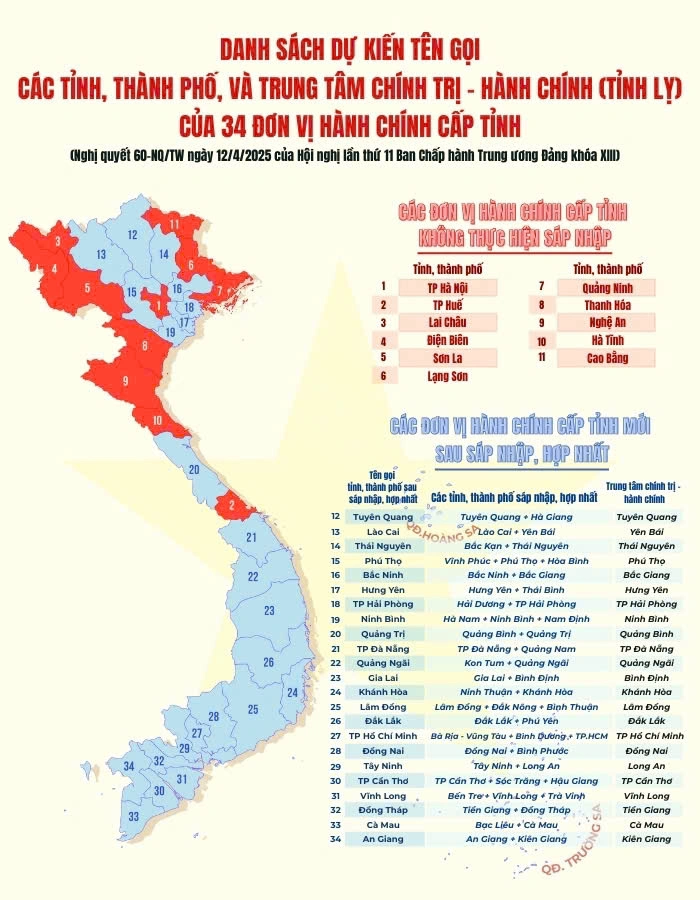
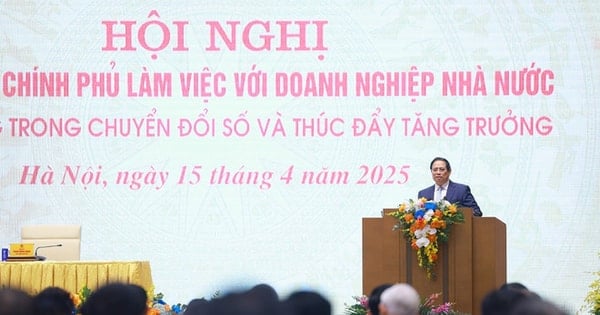

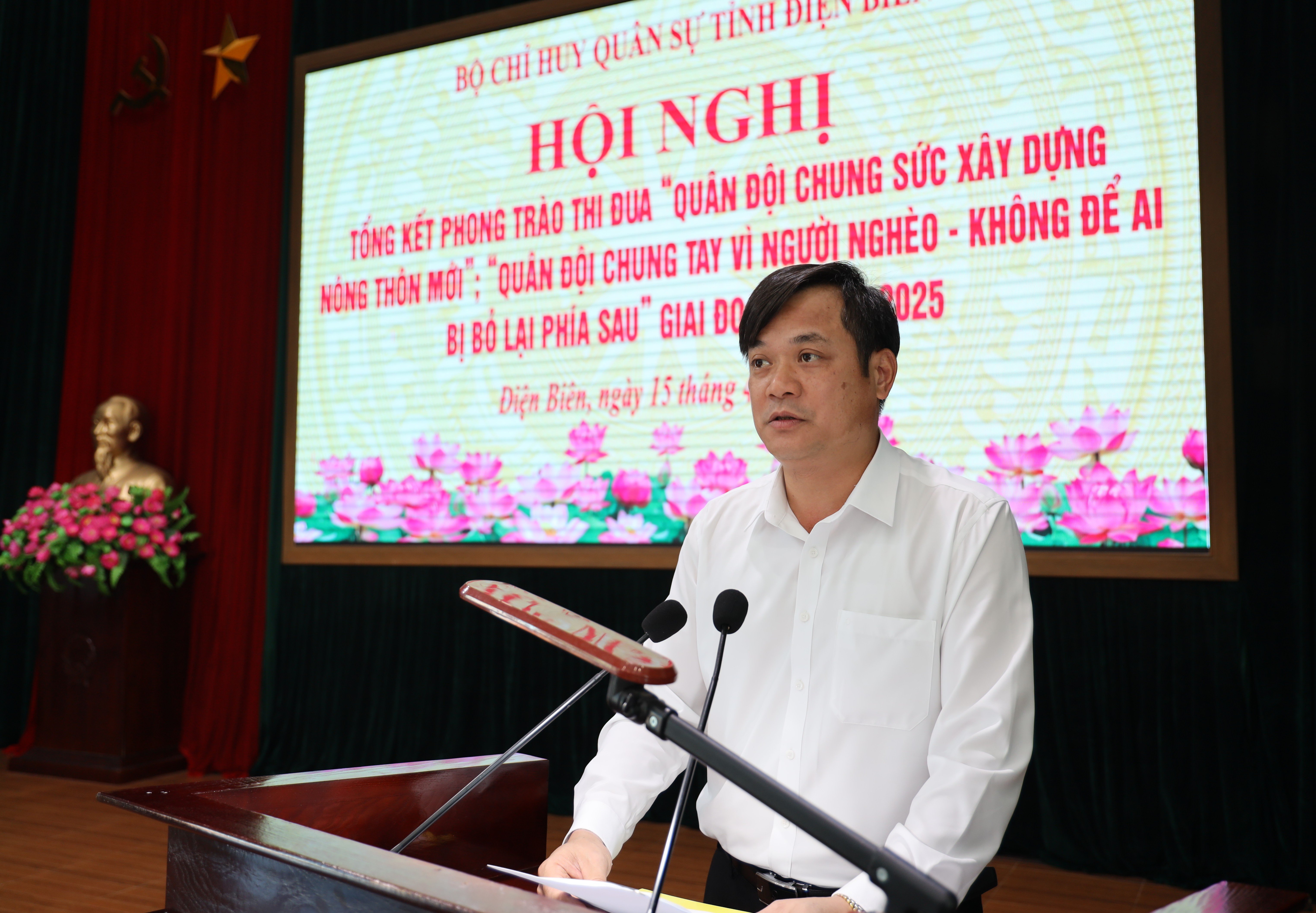
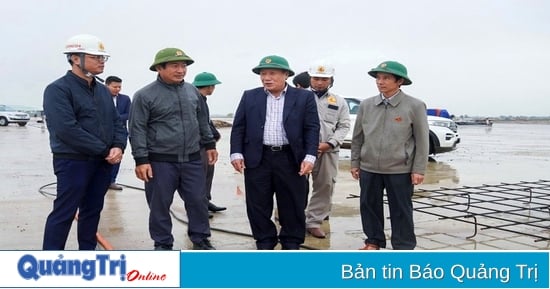

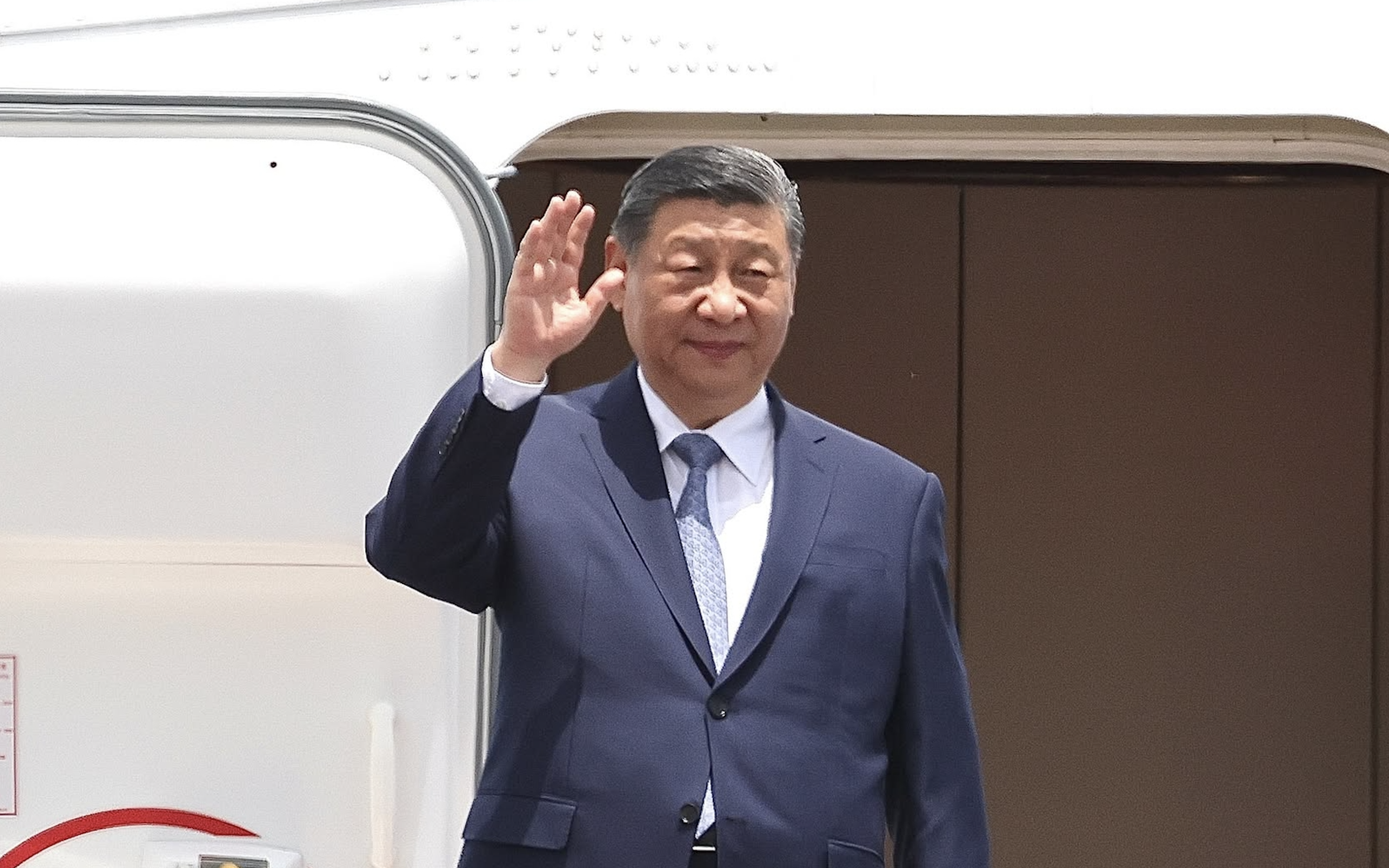
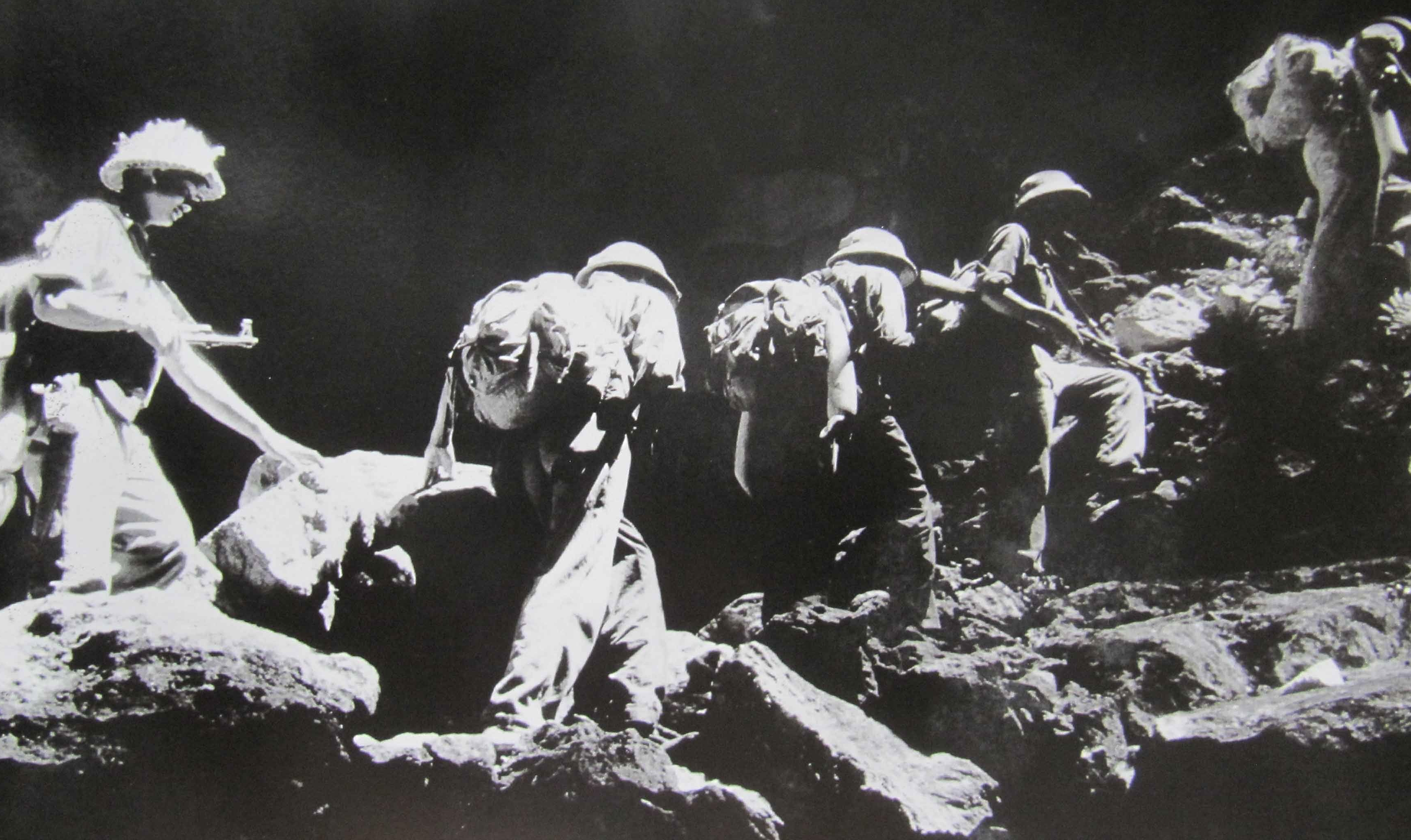
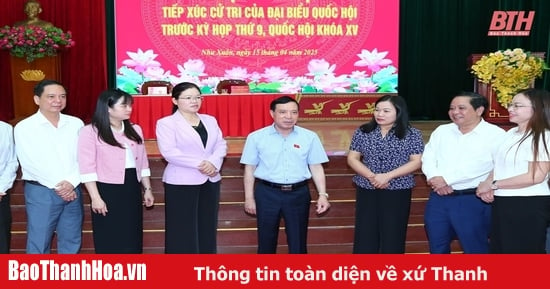


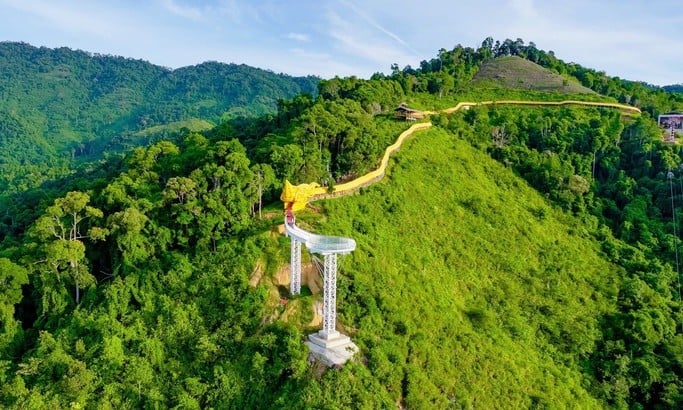

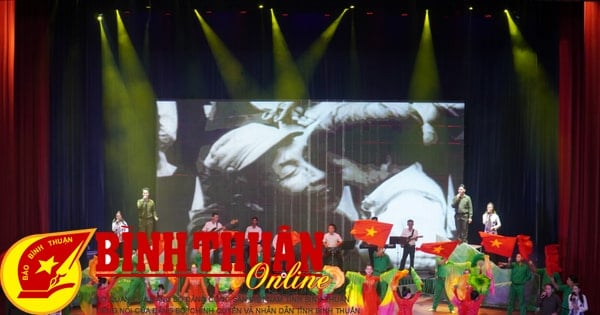

![[Photo] Prime Minister Pham Minh Chinh meets with General Secretary and President of China Xi Jinping](https://vstatic.vietnam.vn/vietnam/resource/IMAGE/2025/4/14/893f1141468a49e29fb42607a670b174)
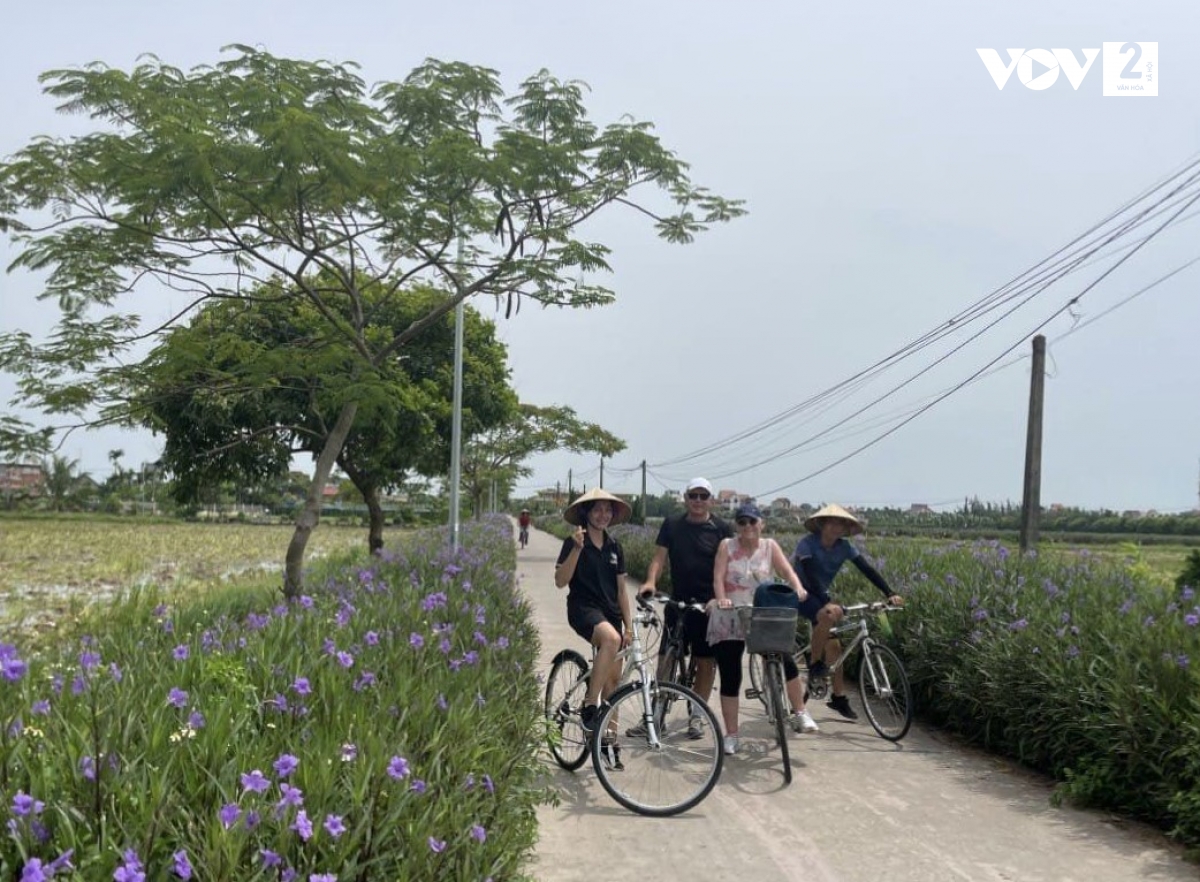

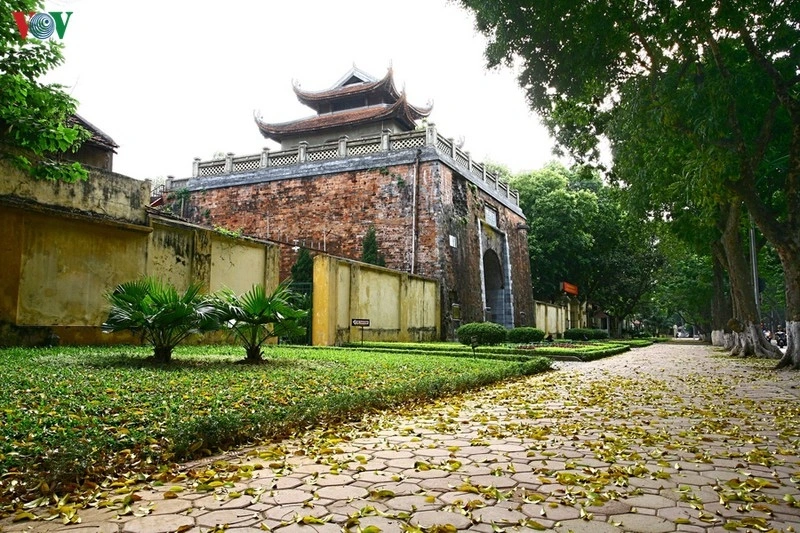


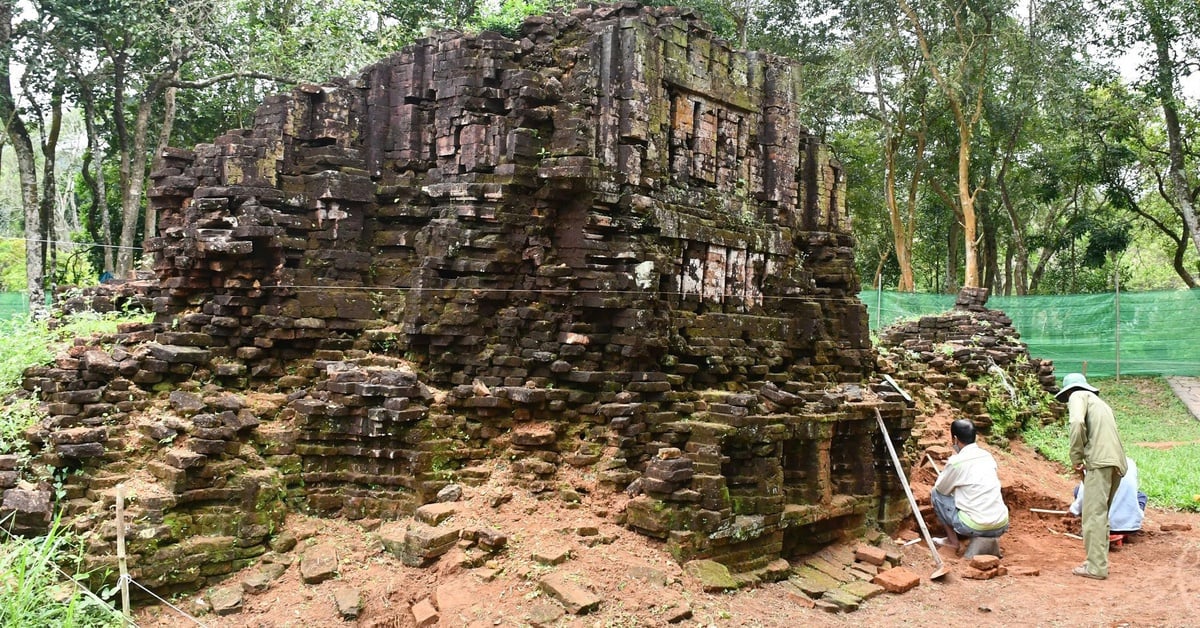

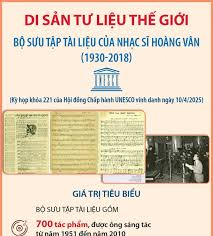

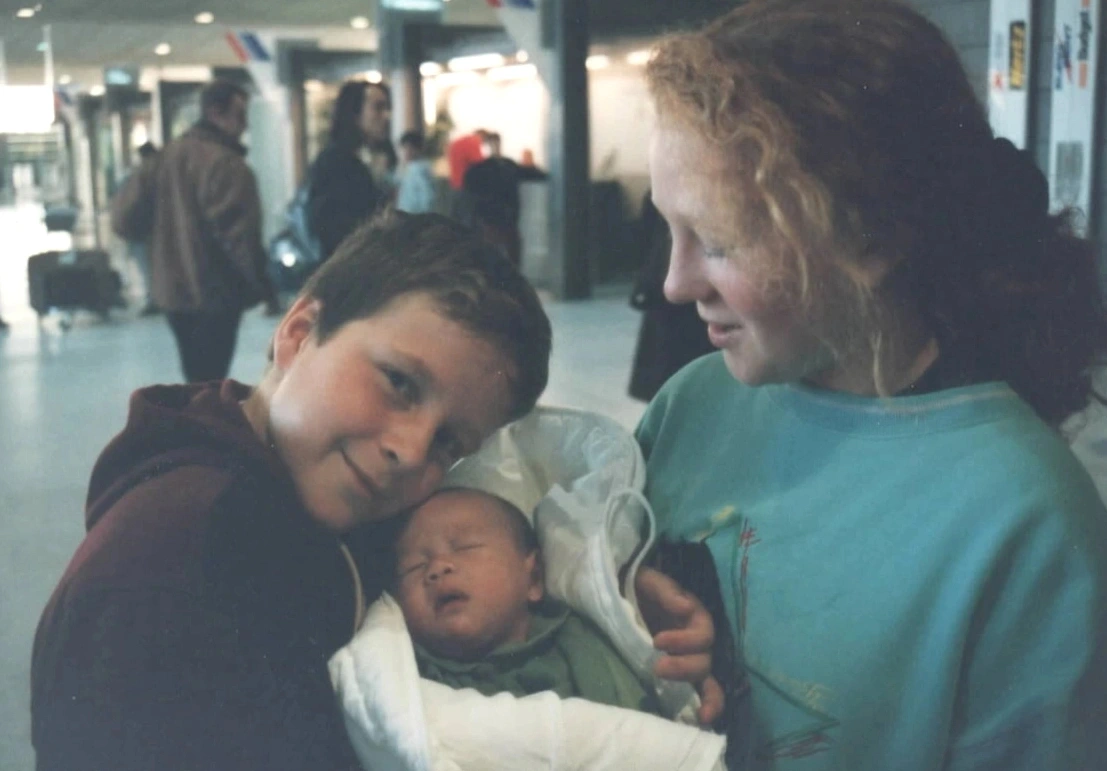



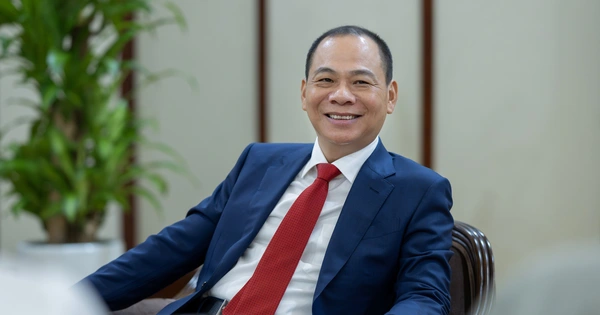
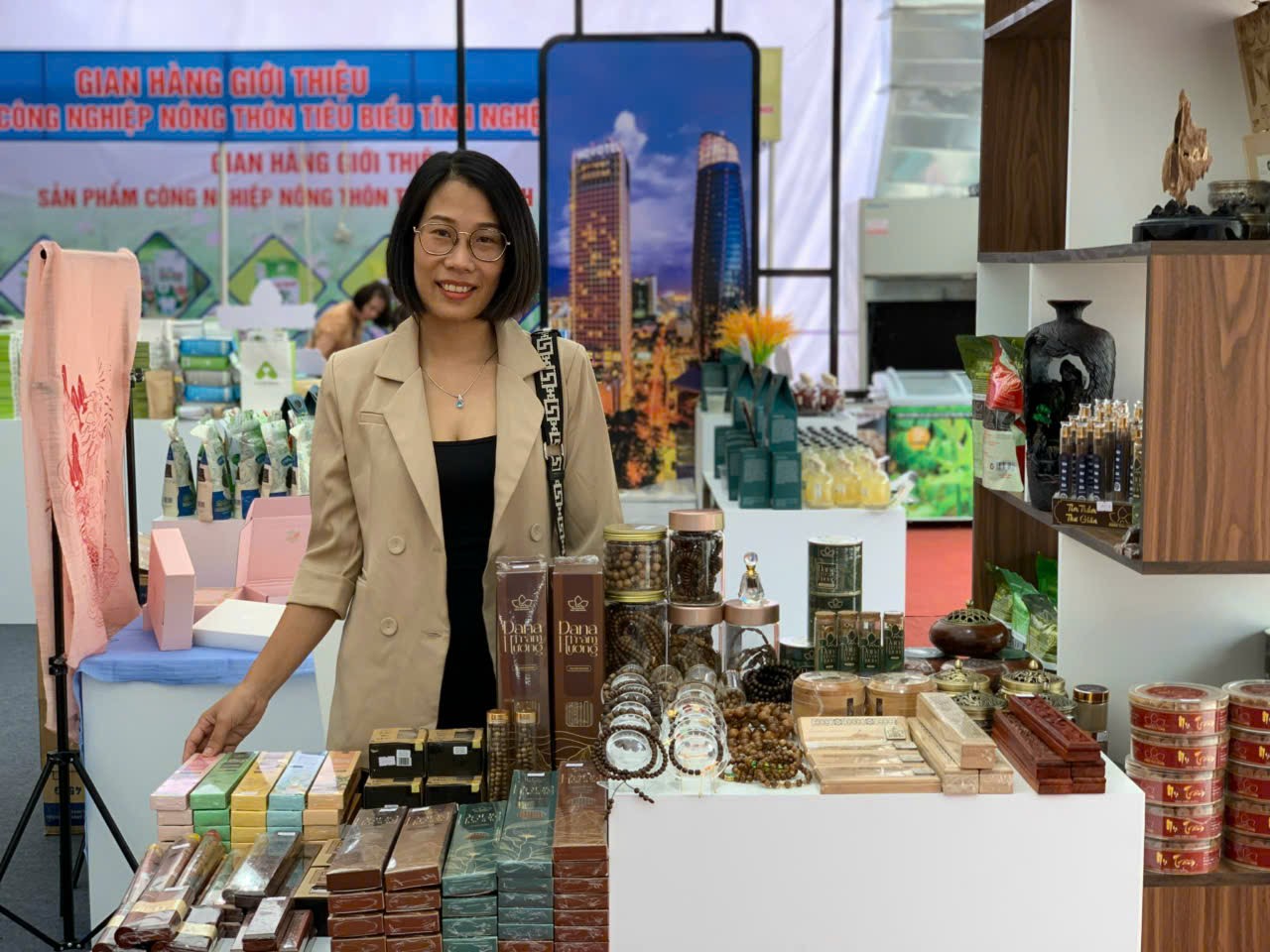

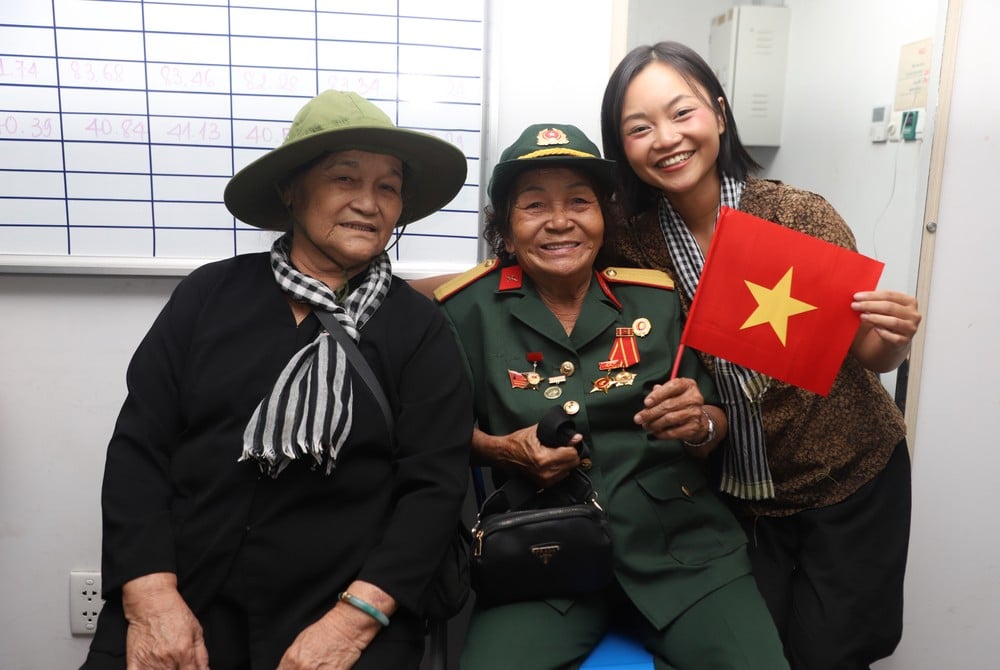







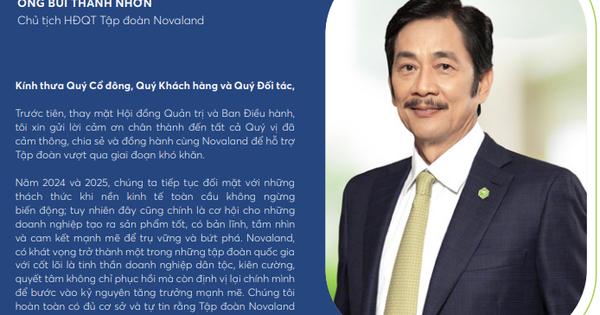



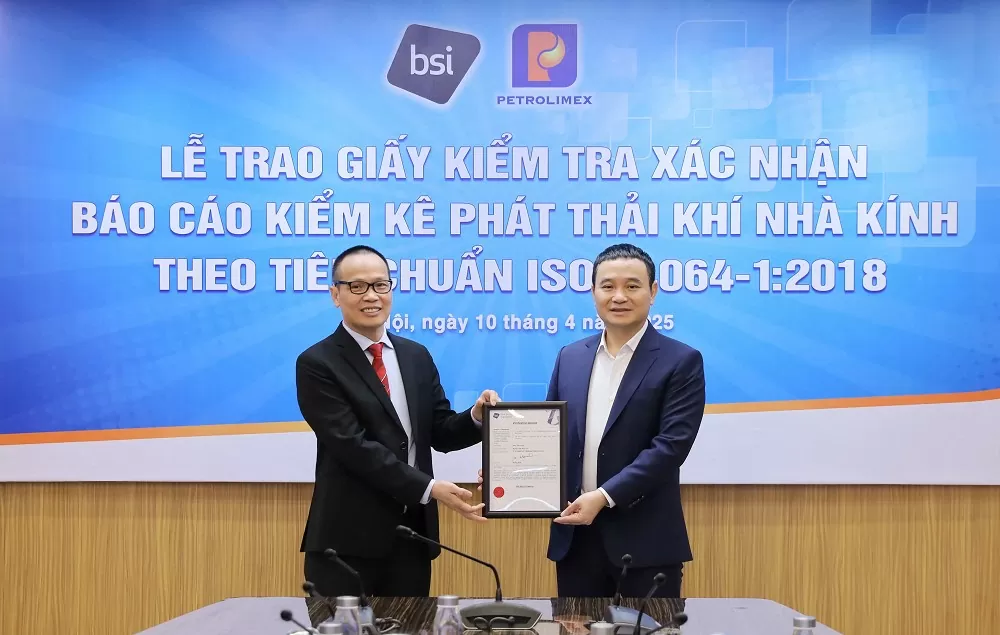

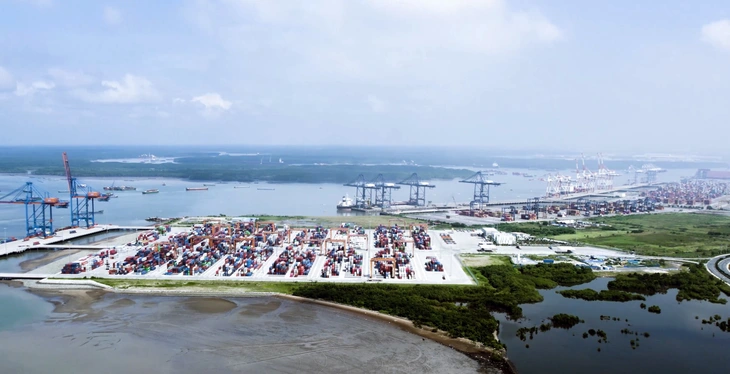
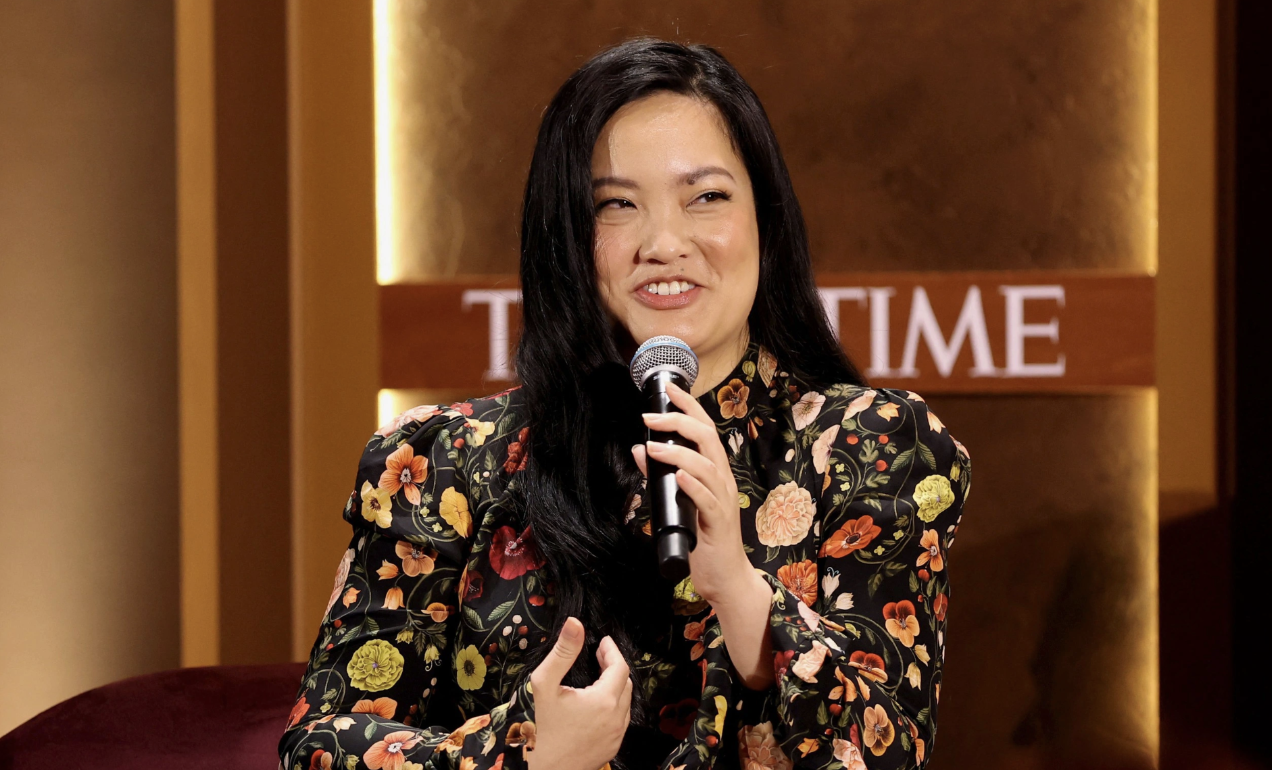

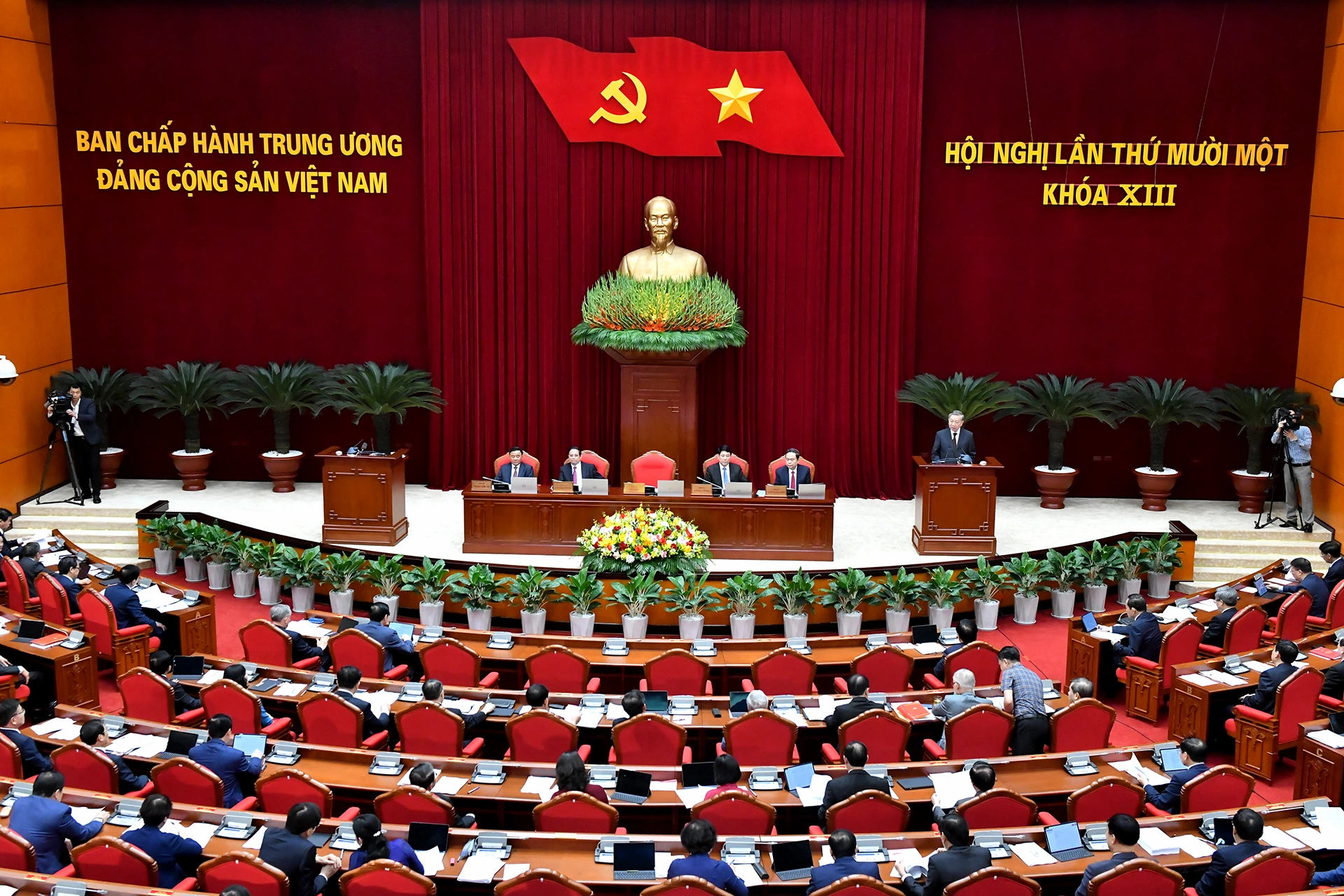
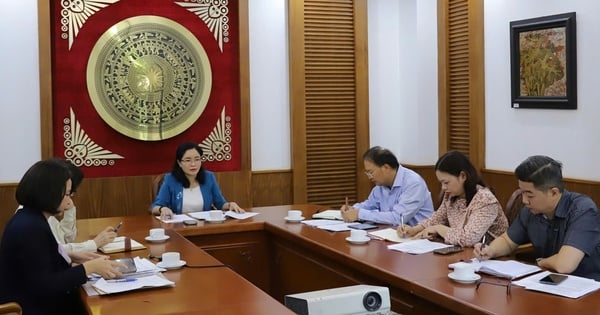

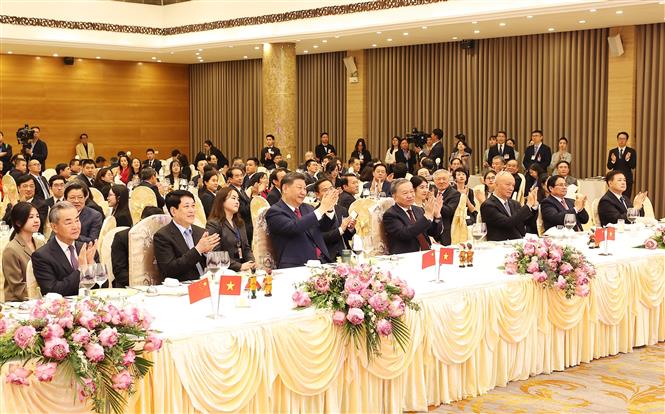

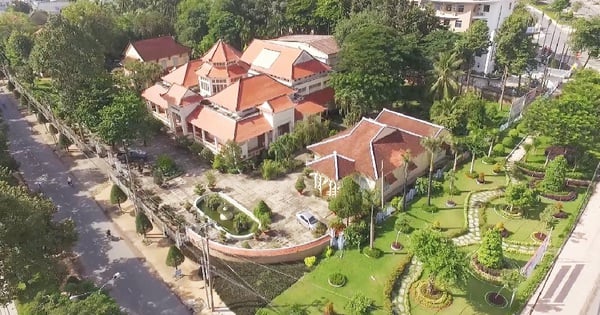
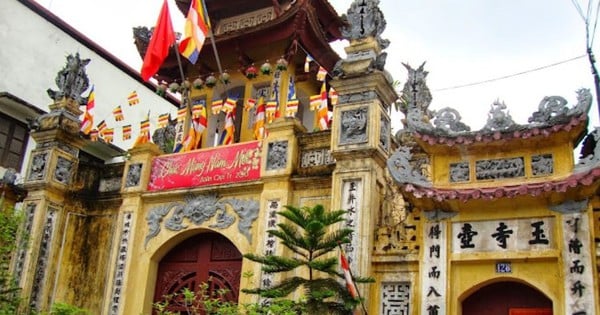


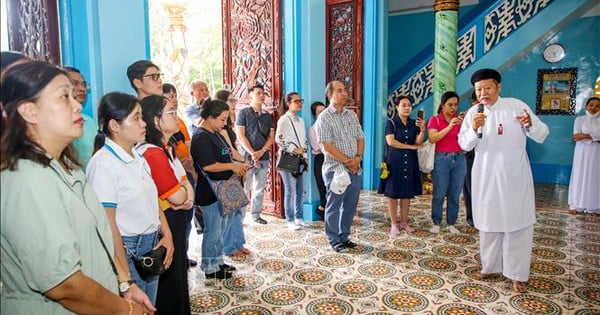



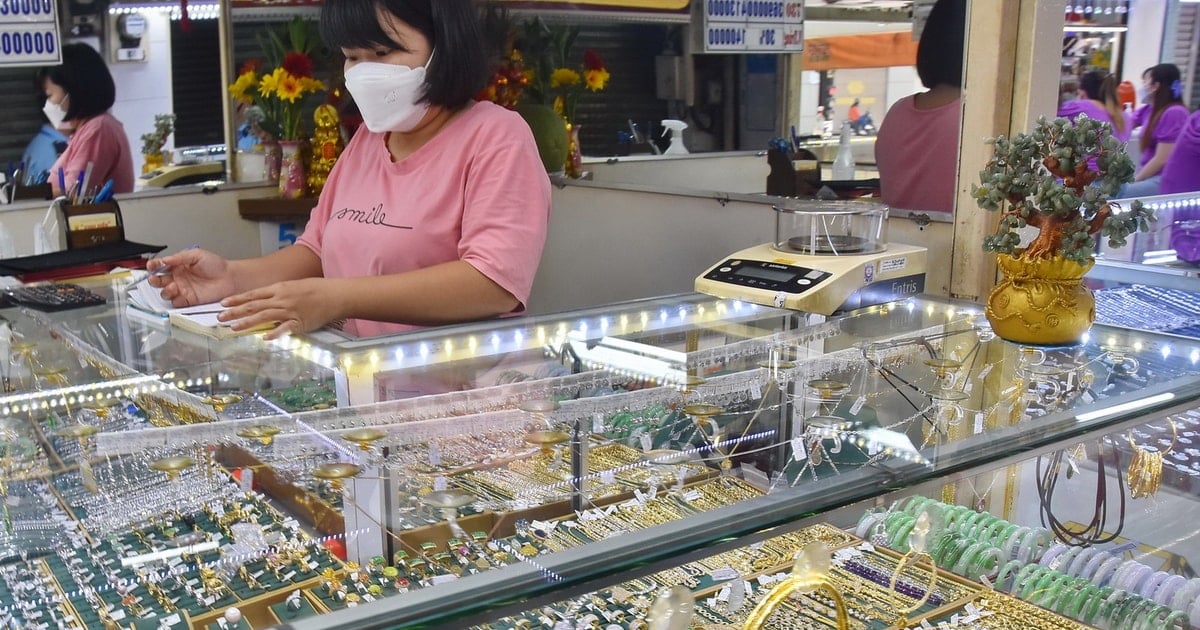

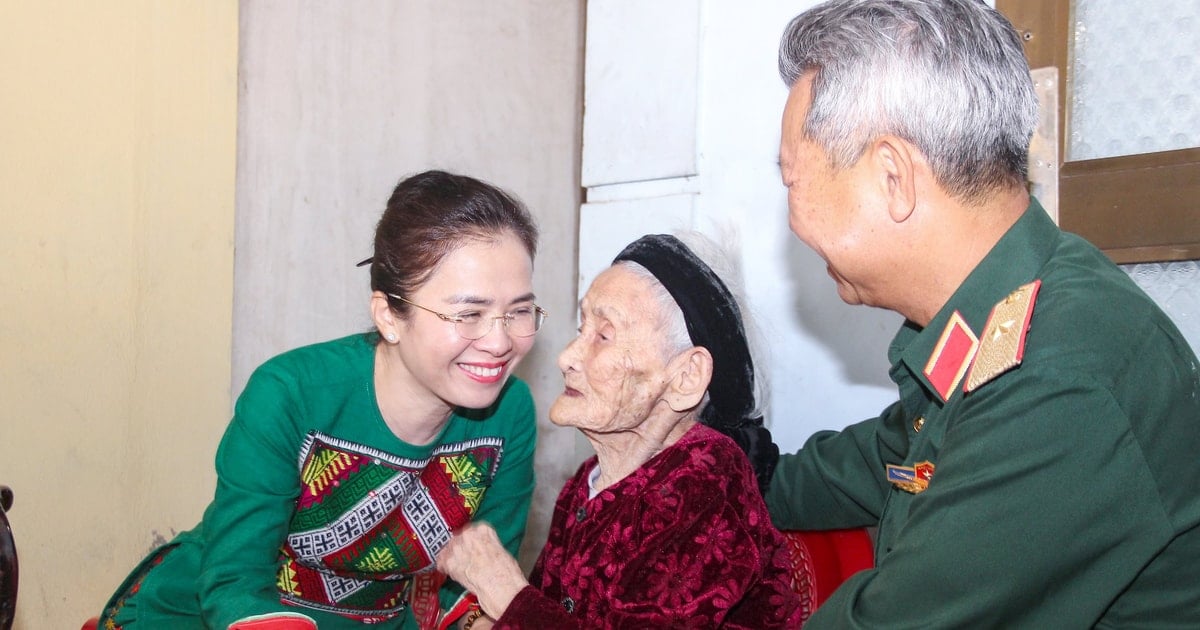
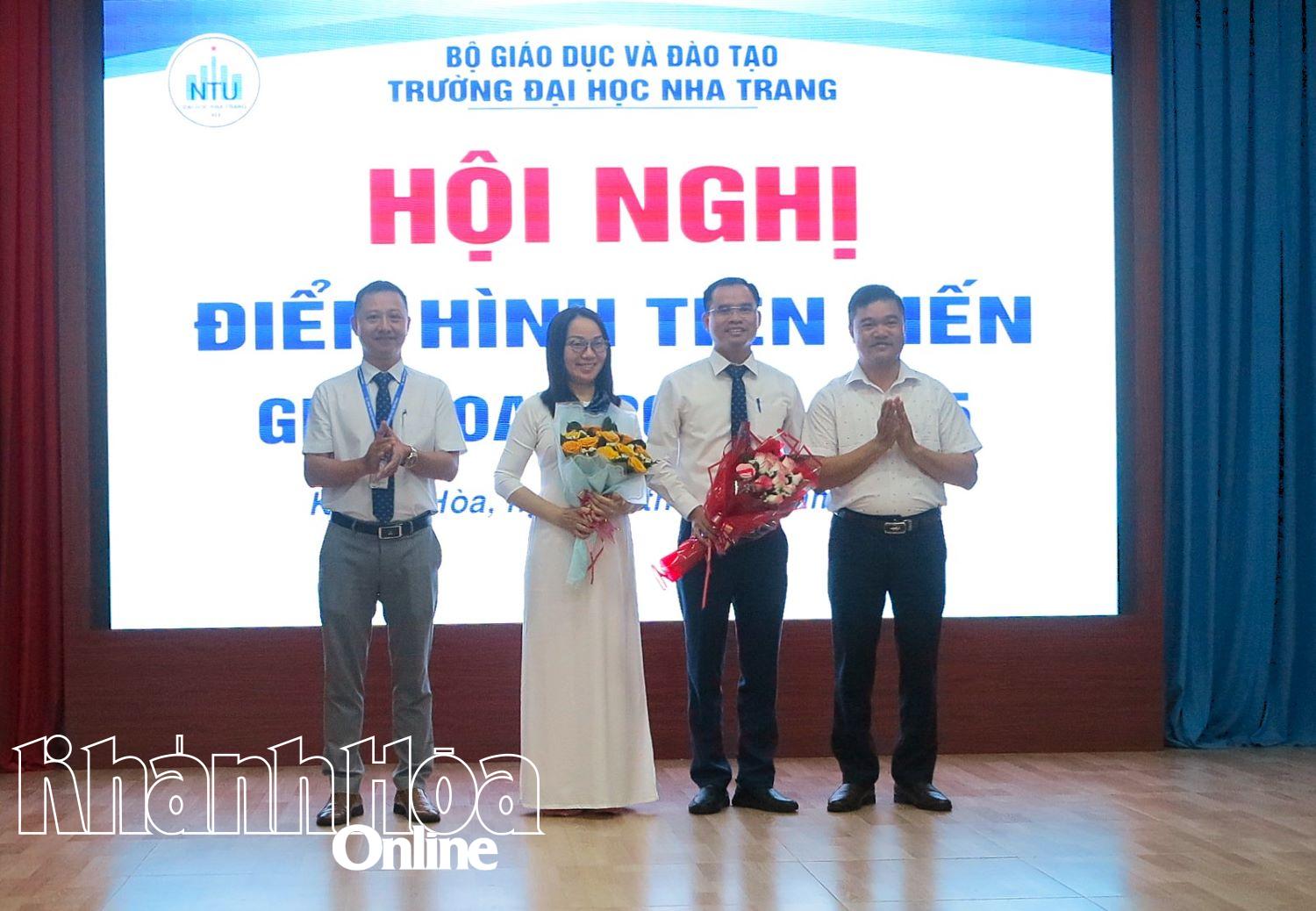

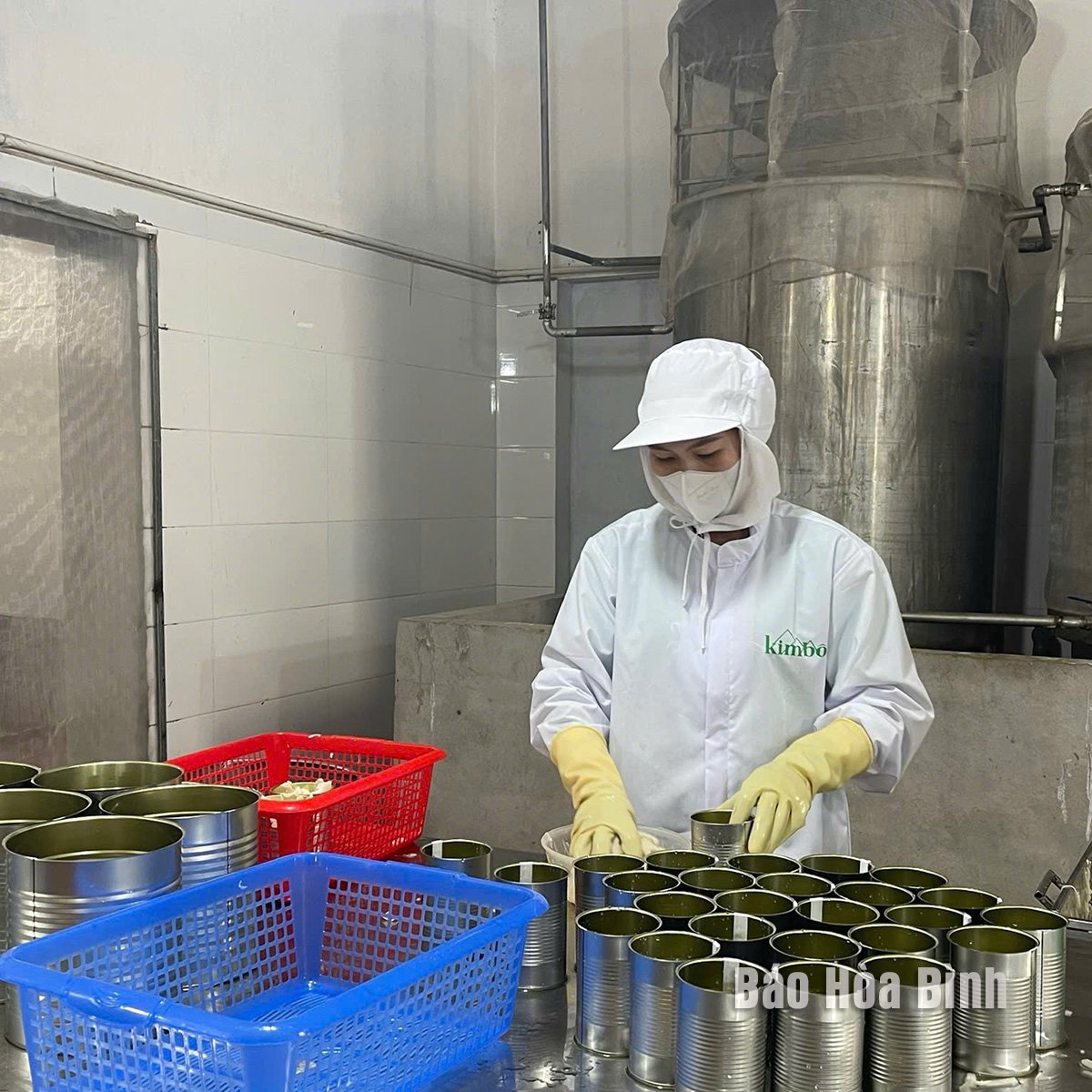



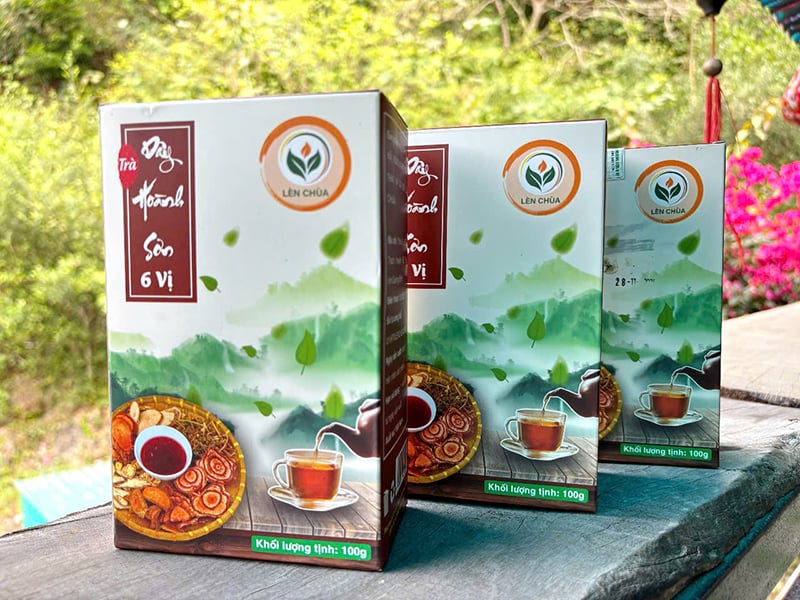
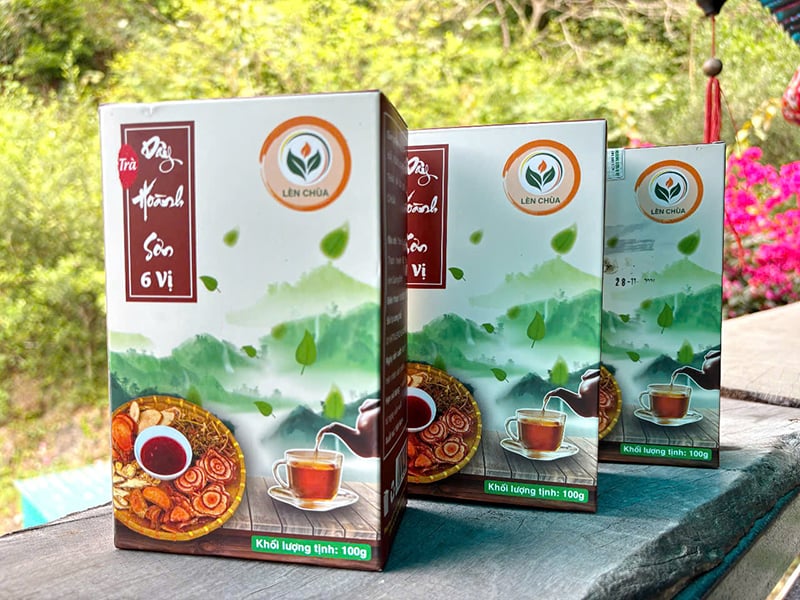


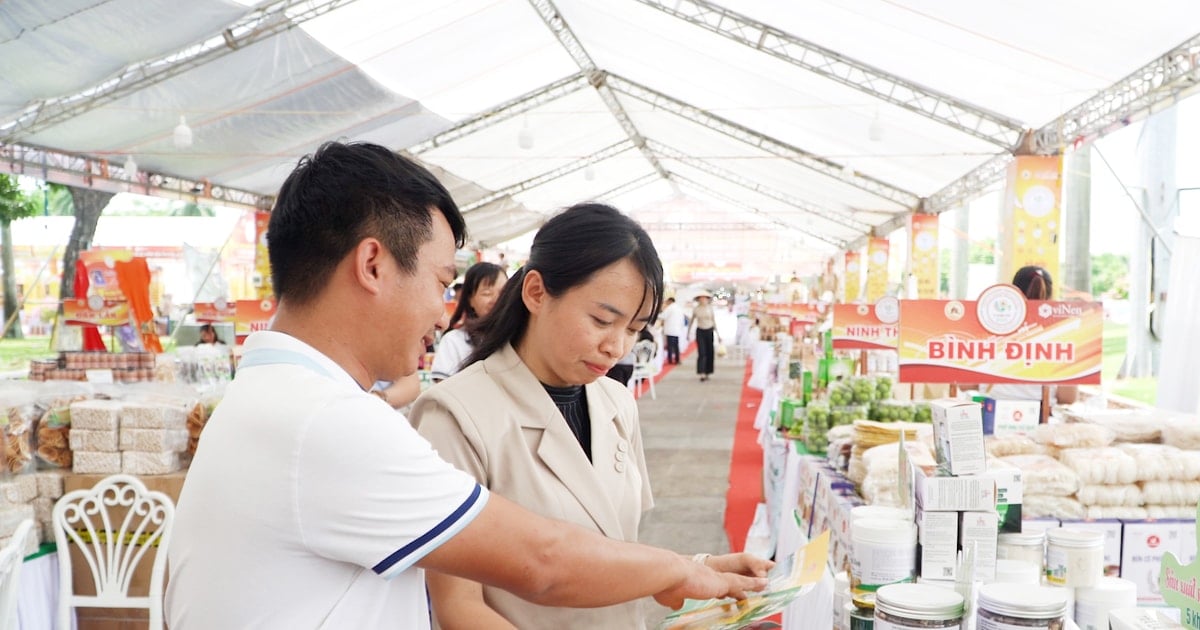

Comment (0)